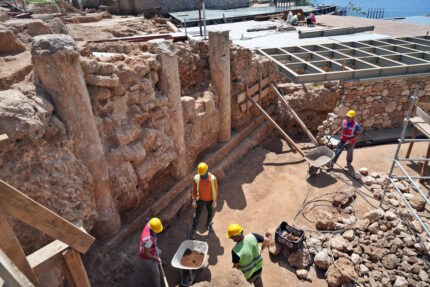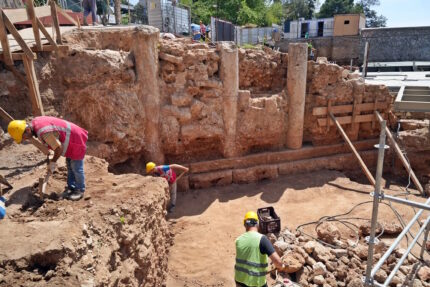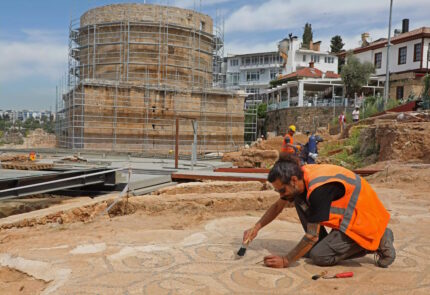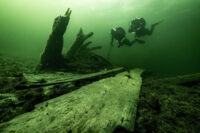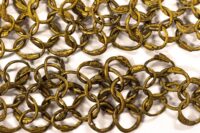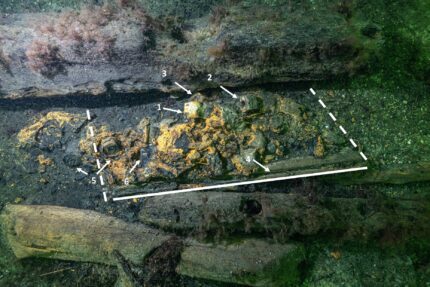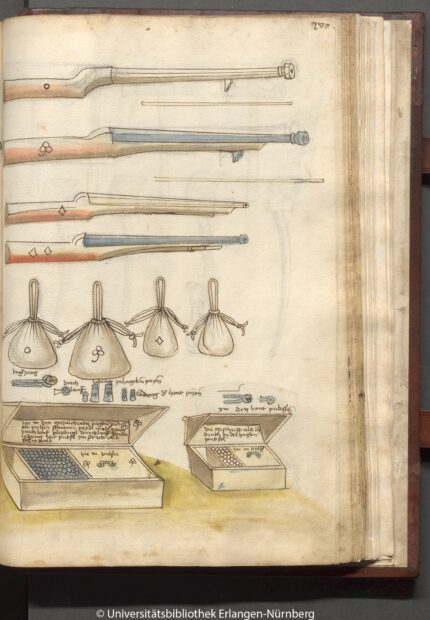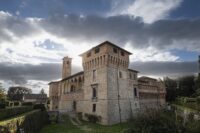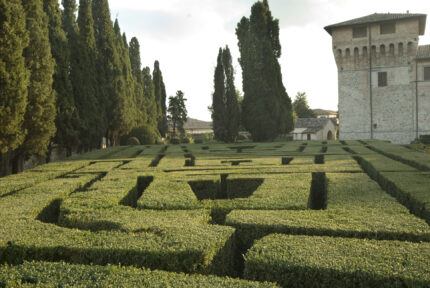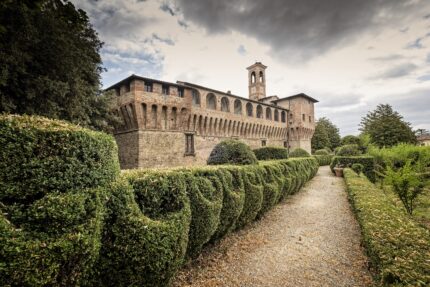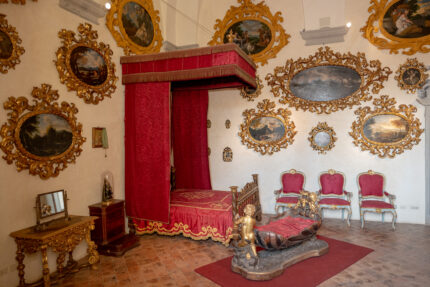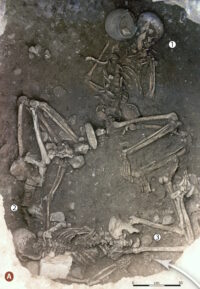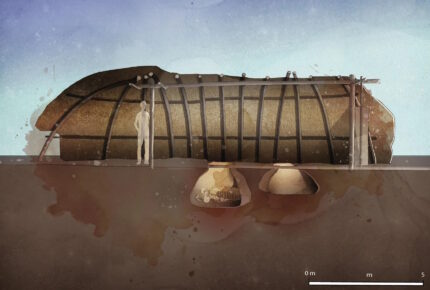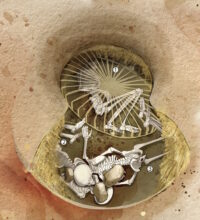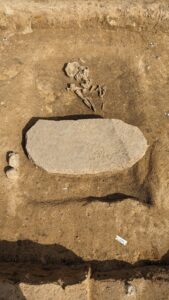 Archaeologists have found a Neolithic “revenant grave” near Oppin in Saxony-Anhalt. The deceased was pinned under a large stone to prevent him rising from the grave to wreak havoc with the living. Precise dating has yet to be done, but evidence suggests it is a Bell Beaker culture grave from around 4,200 years ago. If the preliminary dating proves accurate, this is the first deviant burial from the period discovered in central Germany.
Archaeologists have found a Neolithic “revenant grave” near Oppin in Saxony-Anhalt. The deceased was pinned under a large stone to prevent him rising from the grave to wreak havoc with the living. Precise dating has yet to be done, but evidence suggests it is a Bell Beaker culture grave from around 4,200 years ago. If the preliminary dating proves accurate, this is the first deviant burial from the period discovered in central Germany.
Excavations in advance of power line expansion work uncovered the grave of an adult male between 40 and 60 years old. There were no grave goods interred with him. He was placed on his left side with his legs bent and a large stone across his lower legs. The stone is more than three feet long, a foot-and-a-half wide, four inches high and weighs 110 pounds. The heavy weight and broad coverage was intended to prevent the deceased from rising from his grave.
“We know that even in the Stone Age people were afraid of unpleasant revenants. People wanted to prevent that with magic,” said project manager and archaeologist Susanne Friederich. “There are graves where the corpse even lies on its stomach. Back then, people believed that dead people sometimes tried to free themselves from their graves. If it lies on its stomach, it burrows deeper and deeper instead of rising to the surface “There are also dead bodies lying on their stomachs who were also pierced with a lance, so they were practically fixed in the ground,” explained Friederich.
Friederich and her team unearthed another apparent revenant burial in the Oppin area last November, albeit a much more recent one, dating to the 2nd or 3rd century. Three heavy stones had been placed on the deceased’s legs. A bronze fibula was found in the grave, so he was no pauper. The skeletal remains of a woman were found nearby without anti-revenant measures. There’s also the outline of a house near the two burials, so it seems likely the two people may have resided there.
The skeletal remains have been recovered from the Neolithic grave and are being transferred to a laboratory in Halle for further study. Excavations along the expansion route of the power line are ongoing and they have a lot of ground to cover, more than 90 miles through Saxony-Anhalt alone (335 miles in total). The excavations are planned to continue through 2025.

